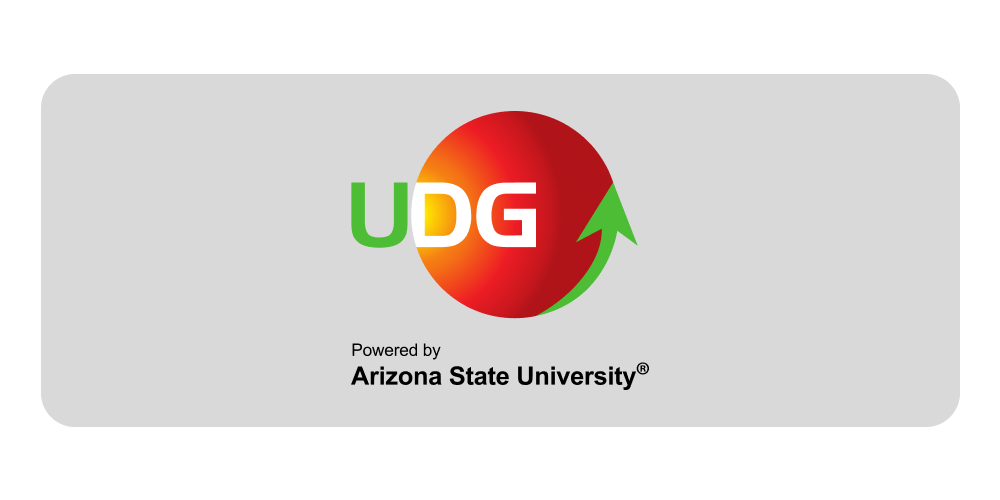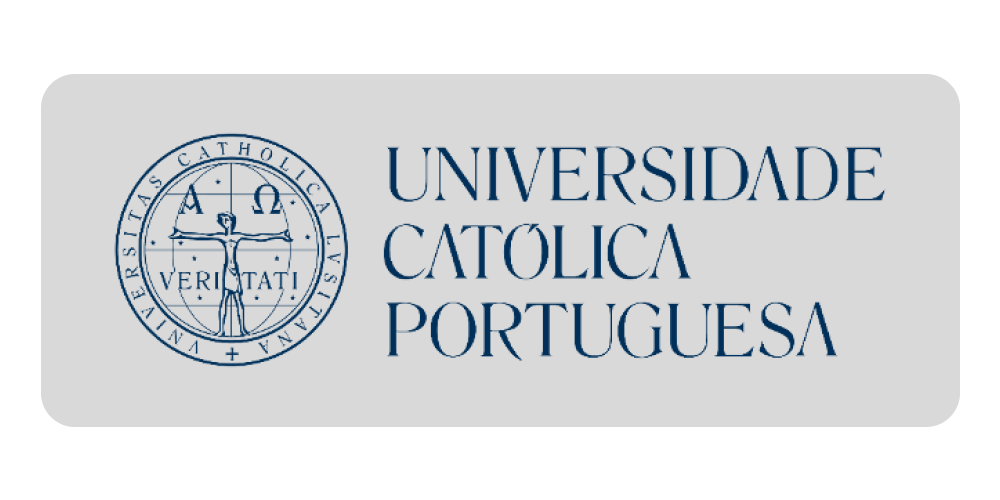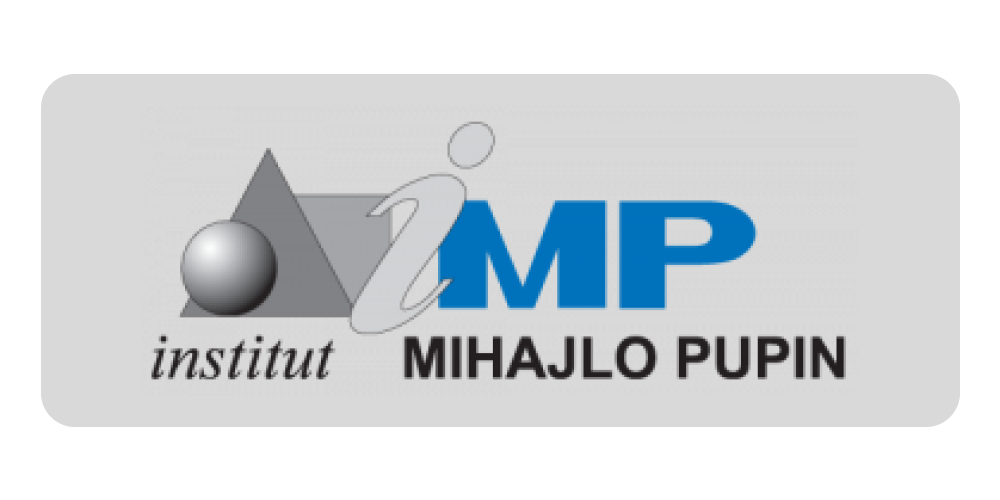'Faculty of Forestry, University of Zagreb'
Production Costs as a Basic Factor of Competitiveness of Softwood Sawmilling
2015
Croatian
Bogatstvo šuma na prostorima Republike Hrvatske uvjetovalo je razvoj pilanske prerade drva koja ima već stoljetnu tradiciju. S određenim zakašnjenjima u usporedbi s europskim zemljama, pilanska je prerada drva pratila razvoj tehnologije, zapošljavala stručnu radnu snagu te uz šumarstvo bila prva faza razvoja prerade drva. Troškovi su „u srcu“ mnogih poslovnih odluka. Nije dovoljno proučavati troškove za pojedino ili za ograničeno poslovno područje, već ih je nužno promatrati za cijeli lanac poslovnog procesa, tj. od dobavljača do kupca proizvoda ili usluga. Cilj ovog istraživanja bio je usporediti čimbenike u proizvodnji uz pomoć kojih se mogu uspoređivati proizvodnje domaćih i inozemnih poduzeća kako bi se dobila slika konkurentnosti pilanarstva u Republici Hrvatskoj. Čimbenici koji su se uspoređivali jesu trošak po jedinici proizvoda, trošak sirovine s prijevozom, trošak energije, trošak kapitala (u ovom primjeru amortizacije) te trošak radne snage. Radi dodatnog povećanja i održavanja konkurentnosti, potrebno je više ulagati u tehnologiju kako bi se smanjili troškovi po jedinici proizvoda. Također treba utvrditi optimalnu tehnologiju s obzirom na kvalitetu, kvantitetu i vrstu drva.Abundance of forests in the territory of the Republic of Croatia was the reason for the development of sawmill industry that has a century long tradition. Although lagging behind the European countries, the Croatian sawmilling industry, along with forestry, represents the first phase of wood processing development, which is based on high manufacturing technology, trained employees and skilled workers. Costs are the core of many business decisions. It is, however, not enough to analyze the costs of a specific or restricted business area, but the costs of the entire business process – from supplier to product/service buyer. The aim of this paper was to compare the selected production process factors so as to make comparison between the Croatian and foreign companies, in order to get an idea of competitiveness of the Croatian sawmilling industry. Factors that were compared were: output cost per unit, costs of raw material including transportation, energy costs, cost of capital (in this case amortization), and the cost of labor. In order to further increase and maintain competitiveness of sawmill industry, it is necessary to make higher investments into technology with the aim to reduce the unit production costs. It is also necessary to determine the optimal technology in terms of quality, quantity and wood species
'Faculty of Forestry, University of Zagreb'
Production Costs as a Basic Factor of Competitiveness of Softwood Sawmilling
Bogatstvo šuma na prostorima Republike Hrvatske uvjetovalo je razvoj pilanske prerade drva koja ima već stoljetnu tradiciju. S određenim zakašnjenjima u usporedbi s europskim zemljama, pilanska je prerada drva pratila razvoj tehnologije, zapošljavala stručnu radnu snagu te uz šumarstvo bila prva faza razvoja prerade drva. Troškovi su „u srcu“ mnogih poslovnih odluka. Nije dovoljno proučavati troškove za pojedino ili za ograničeno poslovno područje, već ih je nužno promatrati za cijeli lanac poslovnog...
Preuzmite dokument
Croatian
2015
 Darko Motik
,
Andreja Pirc Barčić
,
Kristinka Liker
Darko Motik
,
Andreja Pirc Barčić
,
Kristinka Liker






